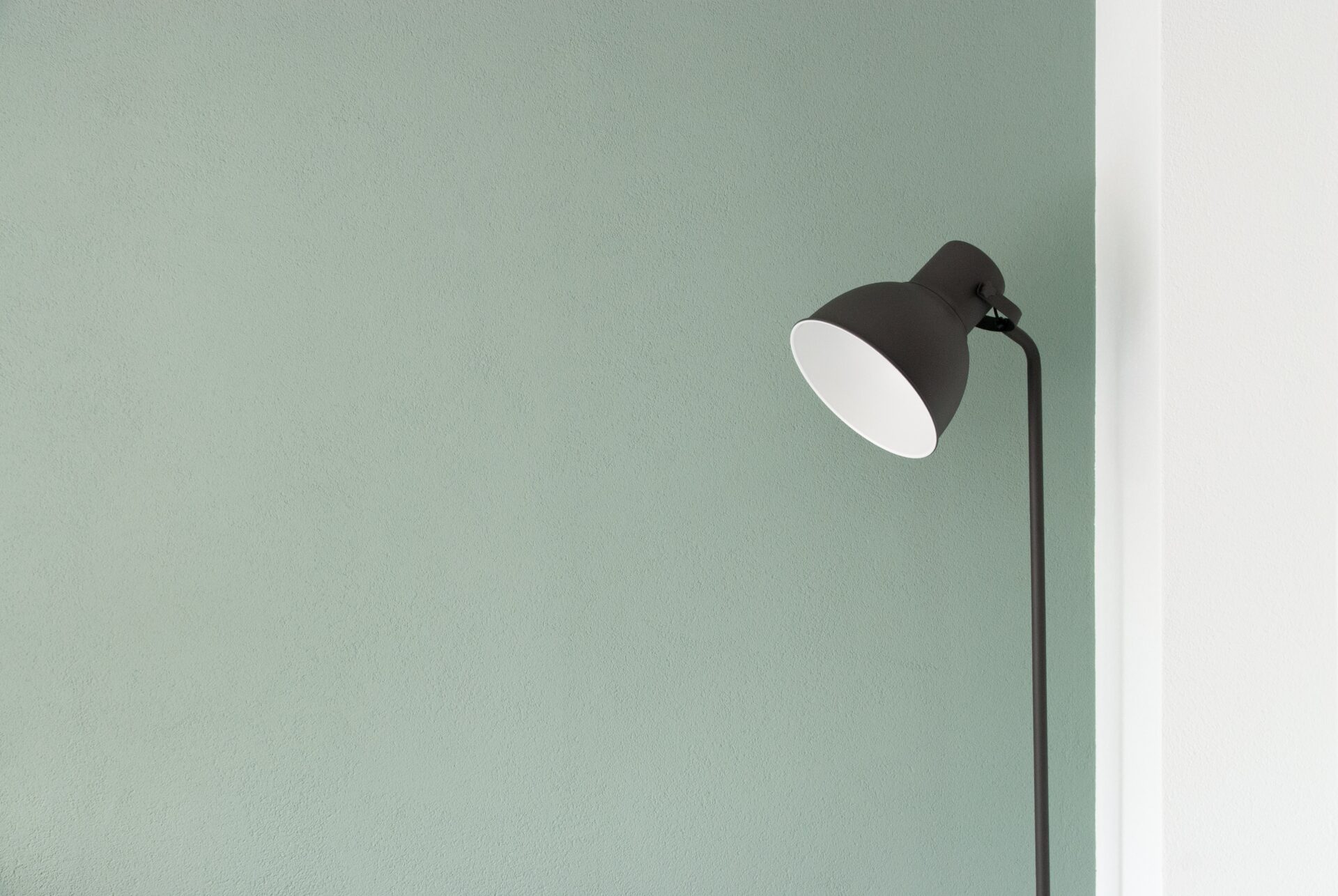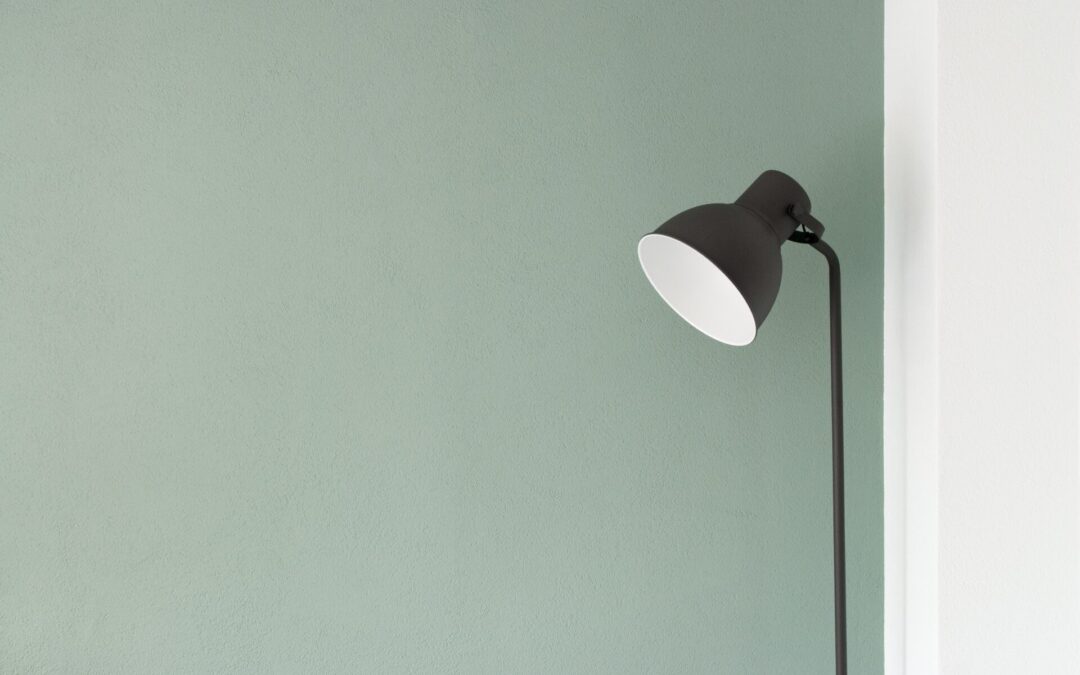In a world where thousands of colours can be yours at the click of a button or the tap of a screen, you should think about which one you are going to get.
While there are thousands of shades of paint options at a store, there are only 7 colours on the spectrum.
This is red, orange, yellow, green, blue, indigo or violet. These are the ones that you should be considering, and the individual shades within this are the nuance.
Try taking a piece of furniture – a photo of the sofa, a pillow, a scarf, a painting, that you like the colour scheme of – now take that to the paint shop and hey presto! You have 15 to 18 colours that you can now use if you so wish.
Choose one of these colours and save the other two for furnishings and fabrics of a room.
For the adjacent room, you should choose another of those colour strips that came from the paint shop. Finally, you can choose a fourth colour that can be used as an accent, you can splash a little of the colour in every room of the home. This can be in the form of a pillow, a decorative accent like plates or paintings. It makes a collection between the spaces.
Decide on the finish to create an appealing visual effect
When you have your colours, consider which finish that you will be wearing. Though many of today’s flat paints do have stain resistance, conventional wisdom tells us that an eggshell finish will cover the walls well as it is cleanable and doesn’t draw too much attention. High gloss finishes are best for trim like skirting boards which add a lovely accent to the edges of the room.
Finishes are also being used to add a visual effect to the whole wall. Paint a wall in a flat or a satin finish, and the adjacent wall in a semi-gloss, both in the same colour and when the light hits the walls it creates a velvet effect. You can also paint the walls with flat paint and the ceiling with a semi glass two achieve a matt and sheen contrast. The sky’s the limit – but be conservative if in doubt.
Colour psychology – Choosing colours depending on the mood you want to create in a room.
Professionals say that you should choose a colour based in part on how a room will be used and what it is you want to establish there. Painting social rooms like dining rooms, kitchens and living areas warm colours like yellow and red, to promote vibrance and life, while private rooms would have cooler hues like green, violet and blue to promote a feeling of cool.
Remember that everyone is different, while one person might like a cool sunset red, another person might find it a bit stressful – it’s all about personal preference and considering other people’s perspectives only when necessary.
If you have any questions about the painting/decorating process, don’t hesitate to get in touch.




